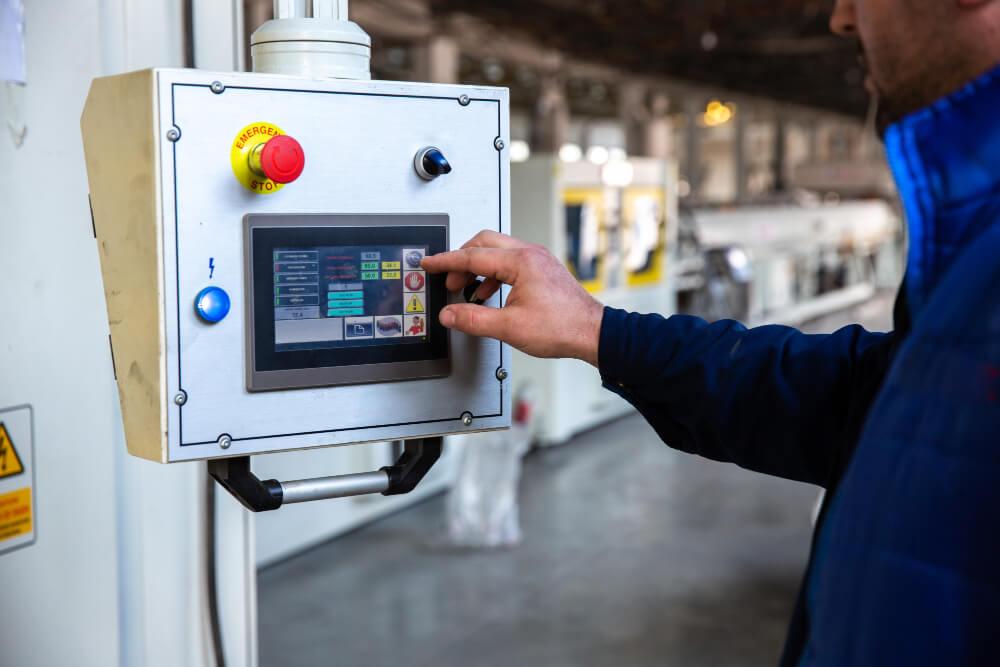The making of every industrial application depends on factors like precision, efficiency and safety. These are essential to maintain to get the end product that suits your business needs. One major factor that affects the making of the application is temperature.
When the temperature is correct, production continues without any errors. That’s why temperature controllers are essential for the manufacturing of business products.
If you are wondering how to choose the right temperature control system for your business, the following are the factors that help you navigate in the right direction:
Assess Your Business Needs
Understanding your business needs will help you shortlist the temperature control equipment. You have to define the operational requirements specific to your industrial process. Some of the factors that can help you decide are temperature range, the scale of production and the environmental conditions.
If the requirements are strict, you need a controller with advanced regulation capabilities. Or if your application needs flexible and rapid temperature changes, then you need a controller with quick response time. Therefore, assessing your business needs is essential to get your decision right.
Evaluate performance and stability
During the manufacturing process, if there is downtime, it can lead to financial losses and setbacks. Therefore, you need to choose a controller that has excellent performance and stability features. It is non-negotiable. It’s imperative to choose reliable manufacturers as they are committed to quality and reliability. They produce controllers that can work in demanding environments. When you choose reputable companies, you get controllers that have robust construction and precise temperature control. You should also examine factors like maintenance requirements, serviceability and warranty coverage.
Energy Efficiency Considerations
Industries across the globe are focusing on sustainability. One of the ways to make your production sustainable is by consuming less energy. Energy efficiency should also be the major factor when you are selecting a temperature controller. Following energy-efficient solutions means you are reducing the overall costs and decreasing the negative impact on the environment.
While buying a controller, look at factors like energy efficiency ratings, power consumption profiles and auxiliary features like automatic on and off. When you prioritise energy efficiency, you can align your goals with sustainability and maximise resource utilisation.
Prioritising safety and compliance
Temperature control equipment should not come in contact with hazardous materials in a volatile environment. You have to ensure safety and regulatory compliance is essential. All the equipment that operates with temperature should follow strict industry standards and regulations. It is to reduce the risk of accidents, contamination and regulatory penalties.
For instance, in pharmaceutical industries, temperature control equipment should follow strict guidelines to ensure the high quality and safety of products. The equipment should also include safety features like overheat protection, leak detection systems and fail-safe mechanisms. All the features should enhance the safety of the people who operate machines and minimise property damage.
Professional Installation and Maintenance
When you buy controller equipment, ensure to install it with a professional. The installation and maintenance process should be right and inspected by an expert to ensure the controller works seamlessly with the other infrastructure. While choosing a controller, don’t forget to ask for a professional to do the installation and maintenance.
Assessing integration and compatibility
The equipment you buy should integrate and enable seamless operation with the existing industrial process. While purchasing, ensure to check the compatibility with the infrastructure that you currently have like automation systems and control interfaces. You also should consider factors such as space constraints, installation requirements and scalability. They help streamline the integration process and minimise downtime. When you give priority to compatibility and integration, you can maximise the use of controllers by ensuring a seamless operation. It will help you extend the life of infrastructure while enhancing overall efficiency and productivity.
Final Thoughts
Choosing the right controller shouldn’t be too hard after reading this article. However, if you are still apprehensive, you can consult with a professional and explain your requirements. You will find the one that your industry needs and you can continue the production process without any hurdle.









 Erika Rhein, the contributing author and the professional blogger by profession. With years of experience, I now focus on writing blogs on varied niches. Being a research enthusiast, I like to provide my readers with the useful and informative articles on the different topics they are looking for. I aim to create a difference through my writing.
Erika Rhein, the contributing author and the professional blogger by profession. With years of experience, I now focus on writing blogs on varied niches. Being a research enthusiast, I like to provide my readers with the useful and informative articles on the different topics they are looking for. I aim to create a difference through my writing.
0 Comments